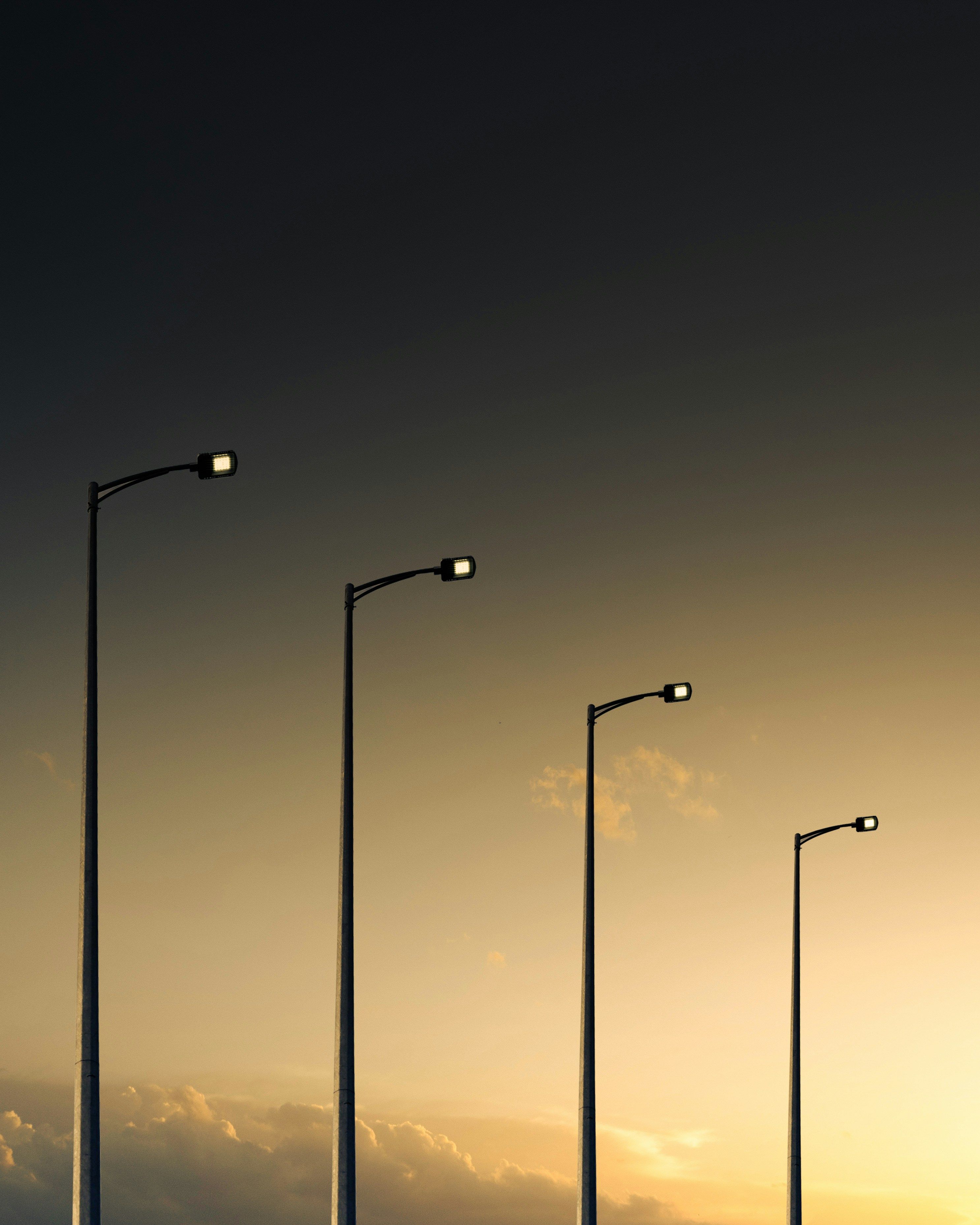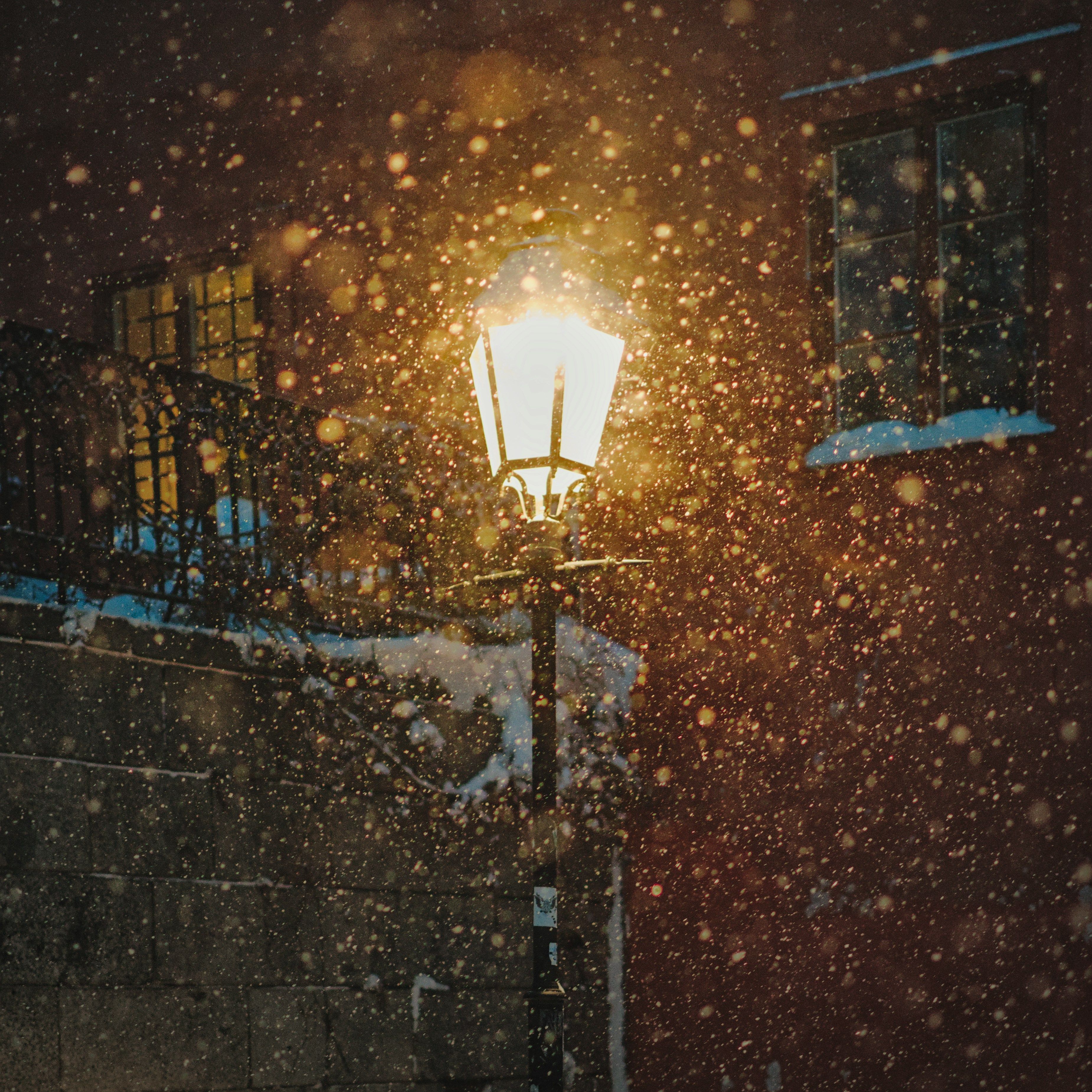Integrating Aesthetically Pleasing LED Pole Light Fixtures into Urban Design
In today's world, urban design is about more than just functionality; it's about creating spaces that are visually appealing, sustainable, and conducive to community well-being. One essential aspect of urban design is lighting, and LED pole light fixtures have emerged as a game-changer in this regard. Let's delve into the integration of aesthetically pleasing LED pole light fixtures into urban design and explore the benefits, challenges, and best practices associated with this endeavor.
Benefits of Integrating LED Pole Light Fixtures
Energy Efficiency
One of the primary advantages of LED lighting is its energy efficiency. LED pole light fixtures consume significantly less energy than traditional lighting options, leading to reduced electricity costs and lower carbon emissions. By transitioning to LED technology, cities can achieve substantial energy savings while contributing to environmental sustainability.
Longevity
LEDs have a much longer lifespan compared to conventional light sources such as incandescent or fluorescent bulbs. With proper maintenance, LED pole light fixtures can last for tens of thousands of hours, minimizing the need for frequent replacements and reducing maintenance expenses for municipalities.
Environmental Impact
The environmental benefits of LED lighting extend beyond energy efficiency. Unlike traditional lighting technologies, LEDs do not contain hazardous substances like mercury, making them safer to use and easier to dispose of. Additionally, the reduced energy consumption of LEDs helps mitigate greenhouse gas emissions and combat climate change.
Cost-Effectiveness
While the upfront cost of LED pole light fixtures may be higher than traditional options, the long-term cost savings outweigh the initial investment. Lower energy bills, reduced maintenance expenses, and extended lifespans result in significant cost savings over the lifetime of the fixtures. Moreover, many governments offer incentives and rebates to encourage the adoption of energy-efficient lighting solutions.

Aesthetics in Urban Design
Aesthetics play a crucial role in shaping the perception and identity of urban spaces. Well-designed lighting can transform ordinary streetscapes into vibrant, inviting environments that encourage pedestrian activity and social interaction. LED pole light fixtures offer a wide range of design options, allowing cities to create customized lighting schemes that complement their architectural styles and cultural heritage.
Factors to Consider When Integrating LED Pole Light Fixtures
Design Compatibility
When integrating LED pole light fixtures into urban environments, it's essential to consider their compatibility with existing infrastructure and architectural elements. The fixtures should harmonize with the surrounding landscape and contribute to the overall aesthetic appeal of the area. Design flexibility is key to ensuring seamless integration without compromising functionality or visual coherence.
Lighting Placement
Strategic placement of LED pole light fixtures is critical to achieving optimal illumination and ambiance. Lighting should be distributed evenly to minimize glare and shadows while highlighting key features of the urban landscape. Factors such as pedestrian traffic patterns, vehicular circulation, and outdoor activities should inform the placement and orientation of lighting fixtures to maximize their effectiveness and visibility.
<3>Light Color Temperature
The color temperature of LED lighting affects the perception of space and ambiance. Warm white tones create a cozy, inviting atmosphere suitable for pedestrian-friendly areas like parks and plazas, while cool white tones provide clear visibility and security in high-traffic zones such as streets and intersections. By carefully selecting the color temperature of LED pole light fixtures, cities can enhance the mood and functionality of urban spaces.
Examples of Successful Integration
Case Studies of Cities with Well-Integrated LED Pole Light Fixtures
Several cities around the world have successfully integrated LED pole light fixtures into their urban landscapes, achieving remarkable results in terms of aesthetics, energy efficiency, and safety. For example, Copenhagen, Denmark, known for its innovative approach to urban design, has implemented an extensive network of LED streetlights that enhance the city's architectural landmarks and waterfront areas while reducing energy consumption and light pollution.
Before and After Comparisons
Before-and-after comparisons provide tangible evidence of the transformative impact of LED lighting on urban environments. By showcasing real-world examples of streets, parks, and public spaces before and after the installation of LED pole light fixtures, cities can demonstrate the positive effects of lighting upgrades on safety, visibility, and nighttime aesthetics.
Community Engagement and Feedback
Importance of Involving the Community in Design Decisions
Community engagement is essential to the success of any urban design project, including the integration of LED pole light fixtures. Engaging stakeholders, residents, business owners, and other community members in the design process fosters a sense of ownership and pride in the resulting public spaces. By soliciting input and feedback from diverse perspectives, cities can ensure that lighting designs reflect the needs and preferences of the people who use and inhabit urban areas.
Gathering Feedback on Lighting Preferences
As part of the community engagement process, cities can conduct surveys, workshops, and public forums to gather feedback on lighting preferences and priorities. Residents may have specific preferences regarding light levels, color temperatures, and lighting effects, which can inform the design and implementation of LED pole light fixtures. By involving the community in decision-making, cities can create inclusive, people-centered lighting solutions that enhance quality of life and promote social well-being.

Challenges and Solutions
Light Pollution Concerns
While LED lighting offers many benefits, it also poses challenges, such as light pollution. Excessive or poorly designed lighting can contribute to skyglow, glare, and light trespass, negatively impacting human health, wildlife habitats, and astronomical observations. To mitigate light pollution, cities can implement lighting ordinances, use shielded fixtures, and employ smart lighting controls that adjust brightness based on time of day and usage patterns.
Addressing Safety Concerns
Safety is a top priority in urban design, and lighting plays a crucial role in creating secure environments for residents and visitors. Properly illuminated streets, parks, and public spaces deter crime, improve visibility, and enhance perceptions of safety. LED pole light fixtures with motion sensors, dimming capabilities, and remote monitoring systems can enhance security while minimizing energy consumption and maintenance requirements.
Balancing Functionality and Aesthetics
Achieving a balance between functionality and aesthetics is a common challenge in urban design. While LED pole light fixtures must meet technical requirements for illumination and safety, they should also contribute to the visual character and identity of the built environment. Designing lighting schemes that are both functional and aesthetically pleasing requires collaboration between architects, urban planners, lighting designers, and community stakeholders to achieve consensus and coherence.
Future Trends in LED Lighting and Urban Design
Advancements in LED Technology
The rapid pace of technological innovation continues to drive advancements in LED lighting, offering new possibilities for urban design and environmental sustainability. Emerging technologies such as smart LEDs, connected lighting systems, and adaptive lighting controls enable cities to optimize energy use, enhance user experiences, and respond dynamically to changing environmental conditions and user needs.
Integration of Smart Lighting Systems
Smart lighting systems represent the next frontier in urban lighting design, offering unprecedented levels of control, customization, and intelligence. By integrating sensors, data analytics, and IoT connectivity, cities can create responsive lighting environments that adapt to human behavior, traffic patterns, and environmental factors in real-time. Smart LED pole light fixtures can adjust brightness, color, and directionality based on input from sensors and user preferences, optimizing energy efficiency and enhancing urban livability.
Conclusion
In conclusion, integrating aesthetically pleasing LED pole light fixtures into urban design offers numerous benefits in terms of energy efficiency, longevity, aesthetics, and safety. By leveraging the advantages of LED technology and incorporating lighting solutions that are both functional and visually appealing, cities can create vibrant, sustainable environments that enhance quality of life for residents and visitors alike. However, successful integration requires careful consideration of design compatibility, lighting placement, community engagement, and environmental impacts. By embracing innovation, collaboration, and community participation, cities can illuminate their streetscapes with elegance and efficiency, paving the way for a brighter, more sustainable future.
Frequently Asked Questions (FAQs)